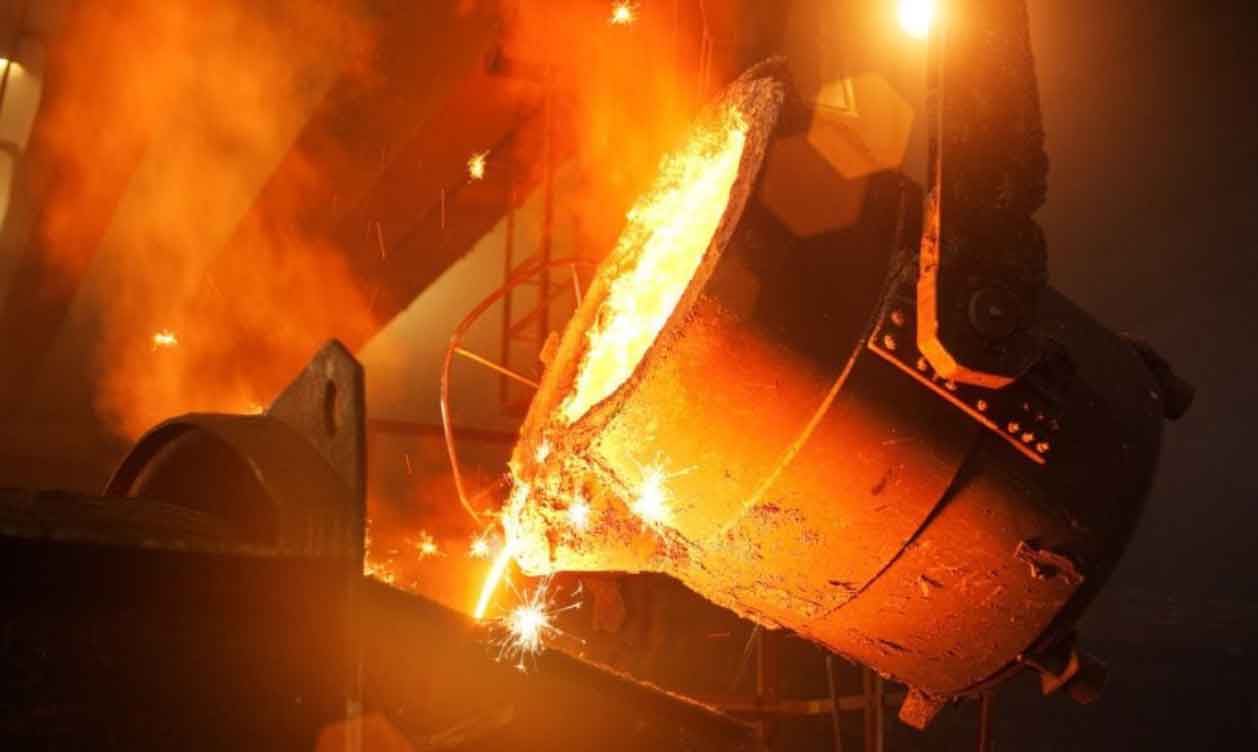
Steel castings exhibit excellent mechanical properties that contribute to their strength, toughness, and overall performance. The mechanical properties of steel castings are influenced by various factors, including the steel alloy composition, casting process, heat treatment, and post-casting processing. Here are some key mechanical properties of steel castings:
1. Strength:
Steel castings possess high strength, which is essential for applications that require load-bearing capabilities. The strength of steel castings depends on factors such as the alloy composition, heat treatment, and casting process. Steel castings can be engineered to have different strength levels to suit specific application requirements.
2. Toughness:
Toughness refers to a material’s ability to absorb energy without fracturing. Steel castings typically exhibit excellent toughness, allowing them to withstand impact and resist fracture or failure under dynamic loading conditions. The toughness of steel castings can be enhanced through proper alloy selection, heat treatment, and control of casting parameters.
3. Ductility:
Ductility refers to a material’s ability to deform without breaking. Steel castings demonstrate good ductility, enabling them to undergo plastic deformation before ultimate failure. This property is important in applications where the material needs to withstand forming or deformation processes without fracture.
4. Hardness:
Hardness is a measure of a material’s resistance to indentation or scratching. Steel castings can be heat treated to achieve a desired hardness level, depending on the application requirements. Hardness impacts the wear resistance of steel castings and their ability to resist deformation and surface damage.
5. Wear Resistance:
Steel castings can exhibit excellent wear resistance, making them suitable for applications involving abrasive or erosive conditions. Through proper alloy selection and heat treatment, the surface hardness and wear resistance of steel castings can be enhanced, improving their durability and extending their service life.
6. Fatigue Resistance:
Fatigue resistance refers to a material’s ability to withstand cyclic loading without failure. Steel castings are designed to have high fatigue resistance, making them suitable for applications subject to repeated or fluctuating loads. Proper casting design, material selection, and heat treatment contribute to improved fatigue performance.
7. Corrosion Resistance:
Steel castings can be engineered to exhibit good corrosion resistance, depending on the alloy composition and post-casting treatments. Various alloying elements and surface coatings can be incorporated to enhance the castings’ ability to resist corrosion and oxidation in different environments.
8. Dimensional Stability:
Steel castings exhibit excellent dimensional stability, maintaining their shape and size under different operating conditions. The low coefficient of thermal expansion of steel helps to minimize dimensional changes due to temperature variations, making them suitable for applications where precise dimensions are critical.
It’s important to note that the mechanical properties of steel castings can be tailored to specific applications through careful alloy selection, casting process optimization, heat treatment, and post-casting processing. Manufacturers work closely with engineers and metallurgists to ensure that steel castings meet the required mechanical properties for each application, balancing strength, toughness, wear resistance, and other performance factors to achieve optimal performance and reliability.
